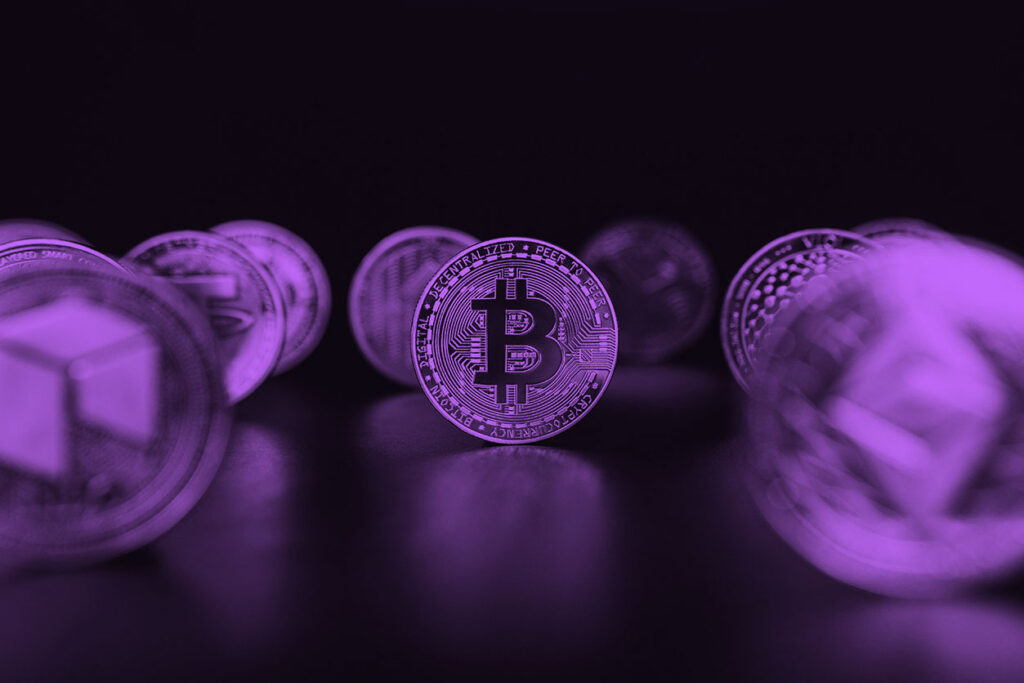What Is a ‘Semi-Fungible’ Crypto Token?

Following the meteoric rise of NFTs, fungibility has been a common theme. Why are semi-fungible tokens important, and how do they work?
In the first half of the year, non-fungible tokens (NFTs) attracted astounding interest. Based on NonFungible‘s data, NFT sales nearly doubled to $2.4 billion in the first quarter. OpenSea, the leading Ethereum-based NFT marketplace, experienced a record-high trading volume over a 24-hour period of $322 million on August 29, compared to an average daily trading volume of $8.3 million in the first half of this year. Additionally, CryptoPunks, one of the first collections of NFTs to debut on Ethereum’s blockchain, set a record for the average price per NFT this month at approximately $220,000 (66,911 ETH at press time).
With the explosion of growth, non-fungible assets have been given new life, including the creation of a new type of token called a “semi-fungible token” (SFT) that is initially fungible and then becomes non-fungible. Let’s take a closer look at these terms.
Fungible tokens
Fungible tokens are the most common asset on the digital market. They are best described as crypto assets that cannot be easily interchanged. To put it simply, fungible tokens are digital assets that can be traded with each other without losing value. If fungible tokens are exchanged or traded for one another, their value remains the same.
A fungible token is one that can be exchanged for another identical one. On the Ethereum network, Ether is fungible, which means one Ether is identical to another. This is also true for Bitcoin. It is possible to exchange one Bitcoin for another since they both have the same value. The same applies to physical currencies.
Fiat money like U.S dollars is also fungible. In other words, fungibility is the ability of a token (or currency) to be exchanged or replaced with other tokens of the same type resulting in no change in value.
Non-fungible tokens
A non-fungible token is not a cryptocurrency in the same sense as Bitcoin. Using blockchain, cryptocurrencies track financial transactions between parties and are a type of digital currency designed for use on the internet and in a digital-first world.
Blockchains are also used to build NFTs, but they guarantee ownership of an asset. Imagine it as a certificate, like an automobile or real estate contract, except that it is proof of ownership in digital format. In most cases, NFTs are based on the Ethereum blockchain network.
In other words, non-fungible tokens represent digitally acquired unique assets like artworks, soundtracks, music, virtual real estate and many more. People tend to value them differently as they are created by different individuals. In consequence, it is impossible to exchange them without losing value. One is always considered better than the other.
Semi-fungible tokens
Semi-fungible tokens combine the features of fungible and non-fungible tokens and, as long as they are present and valid, they can operate the same way as they do.
Due to the fact that semi-fungible tokens have face values and can easily be exchanged, they are often viewed as fungible tokens. The only difference between them is that semi-fungible tokens often lose value after being exchanged, which results in them transforming into non-fungible tokens.
The process of redemption transforms fungible tokens into semi-fungible ones. For example, a token that represents a concert ticket is a semi-fungible token. Until the concert is over, this token remains valuable and can be exchanged for another ticket with the same function.
As soon as the concert ends, this token loses its value. Therefore, you can no longer exchange it for the same concert ticket it was previously exchanged for. Once redeemed, a semi-fungible token becomes non-fungible.
Benefits of semi-fungible tokens
Tokens that are semi-fungible have proven to be a hedge against the weaknesses of non-fungible tokens. As a result, semi-fungible tokens have undeniable benefits for the crypto sector and the NFT community. Among these benefits are:
Protection against accidental losses
Tokens that are semi-fungible protect the industry from accidental losses that can occur during the transfer of non-fungible tokens. By using semi-fungible tokens, tokens can be transferred in any quantity without fear of being locked in contracts. Non-fungible tokens are subject to this problem, which eventually results in tokens being lost by accident.
Faster transactions
Semi-fungible tokens facilitate faster and cheaper transactions. In a very short period of time, traders can easily transfer or exchange multiple tokens at once. This makes transactions easy and efficient for users.
Combination of fungible and non-fungible token features
The advantage of semi-fungible tokens is that they combine the features and functions of both fungible and non-fungible tokens. This allows users to leverage both types of tokens in a single transaction.
Conclusion
In comparison to fungible tokens and NFTs, semi-fungible tokens are less recognized in the crypto market. It has to do with the rate of interest in diverse tokens.
In the crypto industry, however, semi-fungible tokens are clearly necessary. Using these tokens can eliminate the vulnerabilities of NFT transactions, thereby making NFT transactions easier and more convenient.
There is no doubt that the existence and further utilization of semi-fungible tokens will contribute to the expansion of the non-fungible token community and also to the advancement of the industry.

